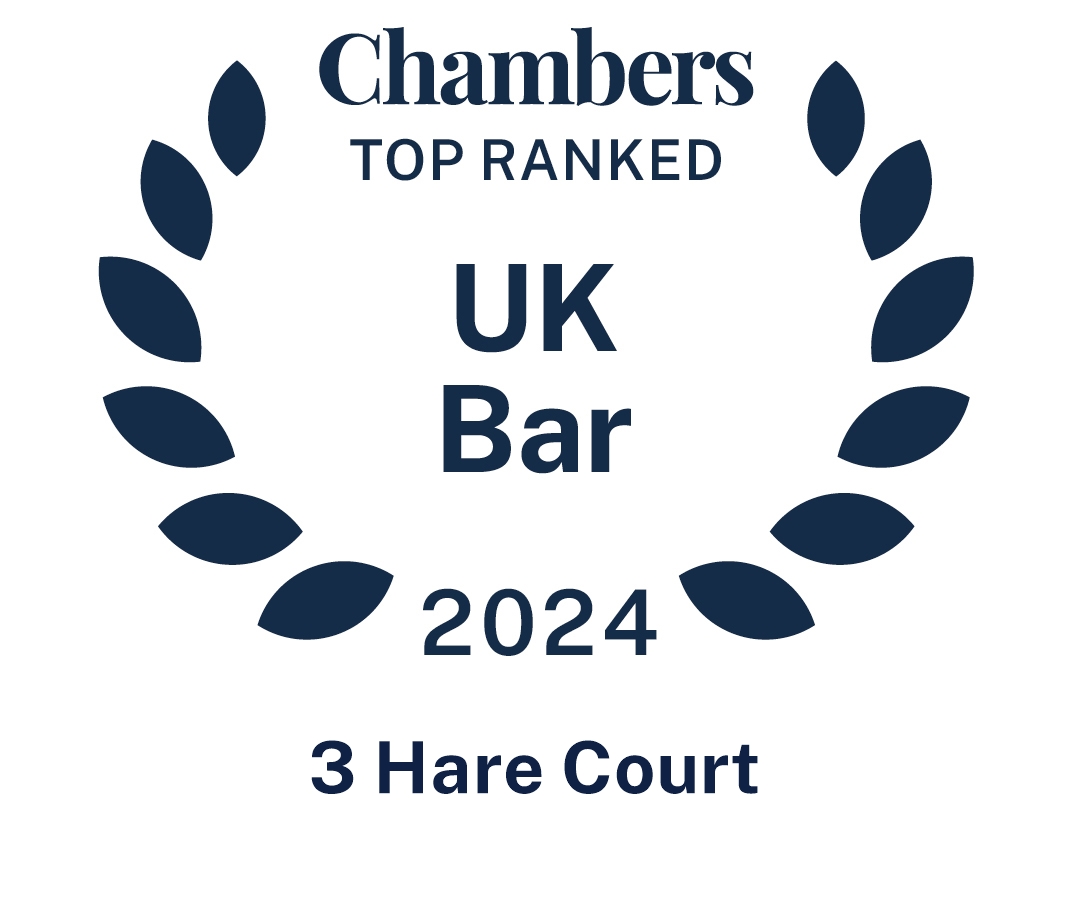Facts
The appellants (H and L) appealed against their convictions for murder.
The victim (V) had been murdered outside his home early in the morning. H and L were his neighbours. V's mother and 13-year-old brother witnessed the murder. They identified H and L as the perpetrators. L denied being present at the scene. When arrested, H claimed that V had bullied him for many years, and there was corroborating evidence that the evening before the murder V had knocked him unconscious with a large stone. He stated that on the morning in question, V had entered his garden with a machete, and H believed that V was going to kill him. He had defended himself and had never meant to kill V. However, his statements to police were ruled inadmissible as self-serving evidence. At trial the judge gave the jury a direction on provocation and told them to ask themselves whether H had had sufficient "cooling off time" between the incident on the eve of the murder, and the murder itself. By the time of the trial V's brother was aged 16.
H and L submitted that the judge should have given a warning about the dangers of relying upon the uncorroborated evidence of a child. H also submitted that the judge's provocation direction was inadequate and the statements to police should have been admitted.
Held
(1) In England and Wales the common law rule requiring a corroboration warning had been abolished. It had also been abolished in most other common law countries but it had not been abolished by statute in Jamaica. In R. v Campbell (Forbes McArthur) [1956] 2 Q.B. 432 the court took the view that a child was someone aged under 14. That was also the definition of "child" in the Children and Young Persons Act 1933 s.107. On the questionable assumption that the common law still required a warning, the judge was certainly not required to give one as V's brother was aged 16 by the time of the trial, Campbell applied. Even if that was wrong, there was ample corroboration of H and L's presence at the scene, and the jury were entitled to convict them even if they were unsure about V's brother's evidence (see paras 32-36 of judgment). (2) The judge's direction had failed to indicate that the account given by H of V's attack with a machete on the morning of his death was capable of supporting a conclusion that H had lost his self-control. A verdict of manslaughter based on provocation, even though two or more were involved in the killing, was not impossible. However, based on the facts of the instant case and the jury's findings, the jury would inevitably have rejected provocation. H had no defensive wounds, and on his case the incident would have taken place in his garden, not in the road as stated by V's mother and brother. There was no reason for V's family to falsely accuse L. The evidence pointed inevitably to a joint attack on V (paras 20-21, 64-66). (3) In R. v Pearce (David Anthony) (1979) 69 Cr. App. R. 365 the court had correctly identified an exception to the common law rule making self-serving statements inadmissible. The modern practice of case management put an emphasis on the defendant disclosing the nature of his defence as early as possible. Entitling defendants to put into evidence what they said at the time of arrest, if the prosecution chose not to do so, would encourage them to give their account of events at the earliest opportunity. That was particularly important where there was a substantial delay between arrest and trial. What H said to the police orally and in his statement was admissible to show his attitude when he gave himself up to police on the evening of the killing. His statements should have been admitted, Pearce applied and R. v McCarthy (Gerald Joseph) (1980) 71 Cr. App. R. 142 considered. The jury knew that H had claimed from the outset to have acted in self-defence. If the excluded evidence had been admitted, the judge would have been entitled to tell the jury that because H had not given evidence, the prosecution had had no opportunity to cross-examine him about what he had said to the police. In the light of that, and the facts of the case, the jury would inevitably have come to the same conclusion upon a review of all the evidence, Stafford v Trinidad and Tobago [1999] 1 W.L.R. 2026 (Note) applied. Therefore even if the errors had not been made, the verdicts against H and L would have been the same (paras 50-53, 61-62, 67-68).
Appeals dismissed.
Comment
A court in Jamaica had erred in ruling that a statement given by a suspect to police upon his arrest was inadmissible as self-serving evidence. Entitling defendants to put into evidence what they said at the time of arrest, if the prosecution chose not to do so, would encourage them to give their account of events at the earliest opportunity. That was particularly important where there was a substantial delay between arrest and trial.
Share:






